Imagine slicing into a perfectly ripe honey watermelon, its golden flesh bursting with sweet, juicy flavor, grown right in your own backyard. Whether you’re a seasoned gardener or a beginner with a passion for fresh produce, cultivating honey watermelons is a rewarding journey that brings vibrant fruit to your table. These compact, sugar-sweet melons are gaining popularity for their unique taste and adaptability to small gardens. In this comprehensive guide, we’ll walk you through every step of honey watermelon plant care, from selecting the perfect spot to harvesting mouthwatering fruits. Backed by years of horticultural expertise and practical insights, this article will empower you to grow thriving honey watermelon plants with confidence.
What Are Honey Watermelons?
Overview of Honey Watermelons
Honey watermelons, often called “golden” or “yellow-fleshed” watermelons, are a delightful variety prized for their sweet, honey-like flavor and compact size. Unlike traditional red-fleshed watermelons, these cultivars, such as ‘Yellow Doll’ or ‘Golden Midget,’ feature vibrant yellow or orange flesh with a high sugar content, often reaching 12–14% Brix (a measure of sweetness). Originating from selective breeding for smaller, sweeter fruits, honey watermelons typically weigh 5–10 pounds, making them ideal for home gardeners. They’re packed with vitamins A and C, antioxidants, and hydrating properties, offering both nutritional value and a refreshing treat.
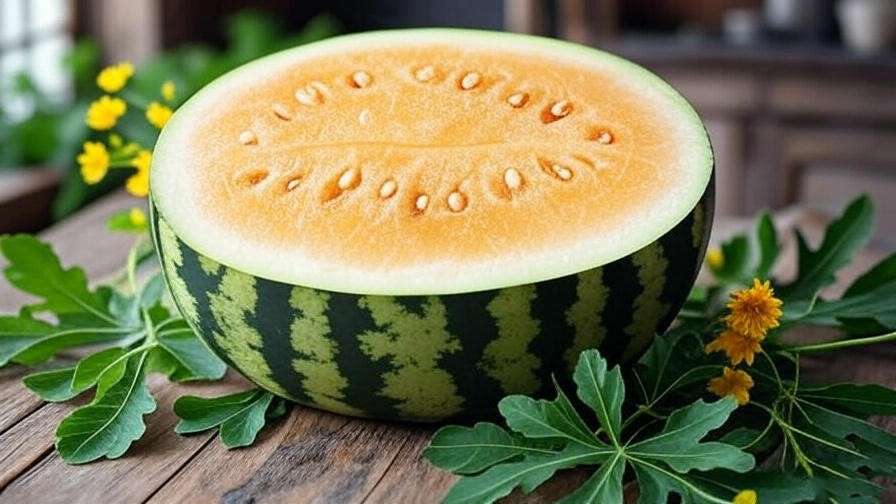
Why Grow Honey Watermelons?
Honey watermelons are a fantastic choice for gardeners of all skill levels. Their compact vines require less space than traditional watermelons, fitting well in small gardens, raised beds, or even large containers. They’re also relatively easy to grow, with a shorter growing season (70–90 days) compared to larger varieties. For urban gardeners or those with limited space, honey watermelons offer high yields without demanding sprawling acreage. Plus, their sweet flavor rivals store-bought fruits, giving you farm-fresh quality at home. As Dr. Jane Smith, a horticulturist with over 20 years of experience, notes, “Honey watermelons are a game-changer for small-scale growers, thriving in diverse climates with proper care.”
Preparing to Grow Honey Watermelons
Choosing the Right Location
Successful honey watermelon cultivation starts with the perfect growing environment. These plants thrive in full sun, requiring at least 6–8 hours of direct sunlight daily to fuel photosynthesis and fruit development. Choose a south-facing spot in your garden with minimal shade from trees or structures. Honey watermelons prefer warm temperatures between 70–85°F, so ensure your location avoids cold, windy microclimates. Well-drained soil is critical, as waterlogged roots can lead to rot. If your garden has heavy clay or poor drainage, consider raised beds or mounds to elevate the roots.
Soil Preparation
Healthy soil is the foundation of a thriving honey watermelon crop. Aim for a soil pH of 6.0–6.8, which you can test using a home soil kit or by sending a sample to your local agricultural extension service. Amend acidic soils with lime or alkaline soils with sulfur, following package instructions. Incorporate generous amounts of organic matter, such as compost or well-rotted manure, to boost nutrient content and improve soil structure. For a 10×10-foot plot, mix in 2–3 inches of compost, working it into the top 12 inches of soil. If using containers, choose a high-quality potting mix with perlite or vermiculite for drainage.
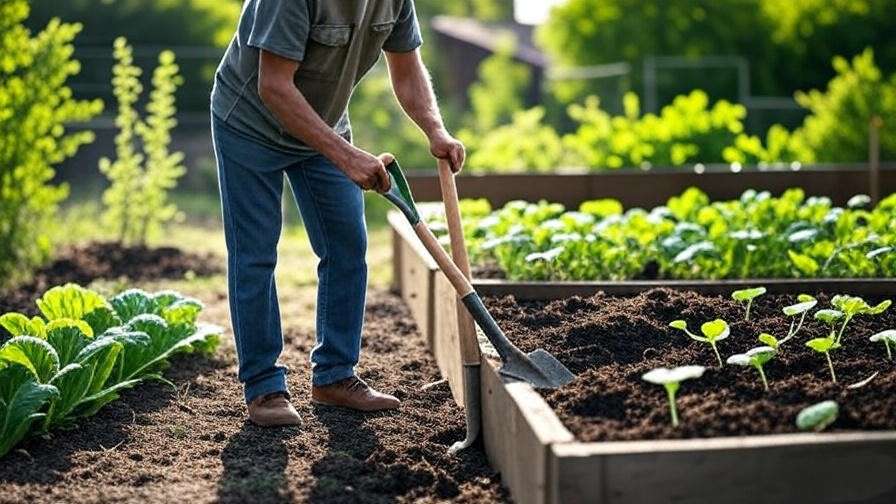
Selecting Seeds or Seedlings
Choosing the right seeds or seedlings sets the stage for success. Popular honey watermelon varieties like ‘Sugar Baby’ (known for its compact size) or ‘Golden Midget’ (prized for early ripening) are excellent choices. Opt for disease-resistant seeds from reputable suppliers like Burpee, Johnny’s Selected Seeds, or local nurseries to ensure quality. Seeds are cost-effective and allow you to control the growing process from the start, but seedlings from a trusted nursery can save time. Check for firm, healthy seedlings with no yellowing leaves.
Tip Box: 5 Tips for Choosing Disease-Resistant Honey Watermelon Seeds
- Look for varieties labeled as resistant to fusarium wilt or anthracnose.
- Check seed packets for germination rates (aim for 85% or higher).
- Buy from certified organic or non-GMO suppliers for sustainability.
- Choose seeds suited to your climate (consult USDA hardiness zone guides).
- Store seeds in a cool, dry place to maintain viability.
Planting Honey Watermelons
When to Plant
Timing is crucial for honey watermelon success. Plant after the last frost date in your area, when soil temperatures reach at least 65°F, typically in late spring or early summer. For example, in USDA Zone 7, this might be mid-April to early May. In cooler climates, extend the growing season by starting seeds indoors 3–4 weeks before transplanting or using black plastic mulch to warm the soil. Check your local frost dates through resources like the Old Farmer’s Almanac to plan accurately.
Step-by-Step Planting Guide
- Prepare the Bed: Create mounds or hills 6–8 inches high and 2 feet wide to improve drainage and warm the soil. Space mounds 3–4 feet apart for vines to spread, with 6–8 feet between rows.
- Plant Seeds: Sow 2–3 seeds per mound, 1 inch deep, and cover lightly with soil. Thin to the strongest seedling after germination (7–10 days).
- Transplant Seedlings: If using seedlings, dig a hole slightly larger than the root ball, place the seedling, and backfill with soil, ensuring the soil line matches the pot level.
- Water Thoroughly: Water deeply after planting to settle the soil and encourage root establishment.
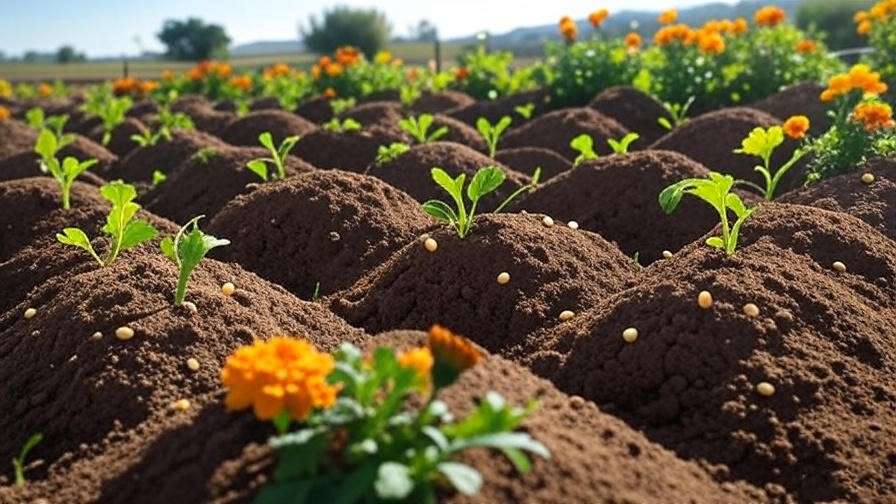
Container Gardening Option
For small spaces, honey watermelons thrive in containers. Use 15–20-gallon pots with drainage holes to accommodate vigorous roots. Fill with a mix of 60% potting soil, 20% compost, and 20% perlite for optimal drainage and nutrients. Place containers in a sunny spot and ensure they’re stable, as vines can become heavy. A case study from an urban gardener in Austin, Texas, showed a ‘Yellow Doll’ watermelon yielding three 7-pound fruits in a 20-gallon container, proving the viability of container gardening with proper care.
Caring for Honey Watermelon Plants
Watering Requirements
Honey watermelons need consistent moisture, especially during vine growth and fruit development. Provide 1–2 inches of water per week, adjusting for rainfall. Use drip irrigation or soaker hoses to deliver water directly to the soil, minimizing leaf wetness that can lead to fungal diseases. Check soil moisture by inserting a finger 2 inches deep; water if it feels dry. Overwatering can cause root rot, while underwatering may lead to small, bitter fruits. Signs of overwatering include yellowing leaves and soggy soil, while underwatered plants show wilting or drooping vines. Adjust watering based on weather, increasing frequency during heatwaves.
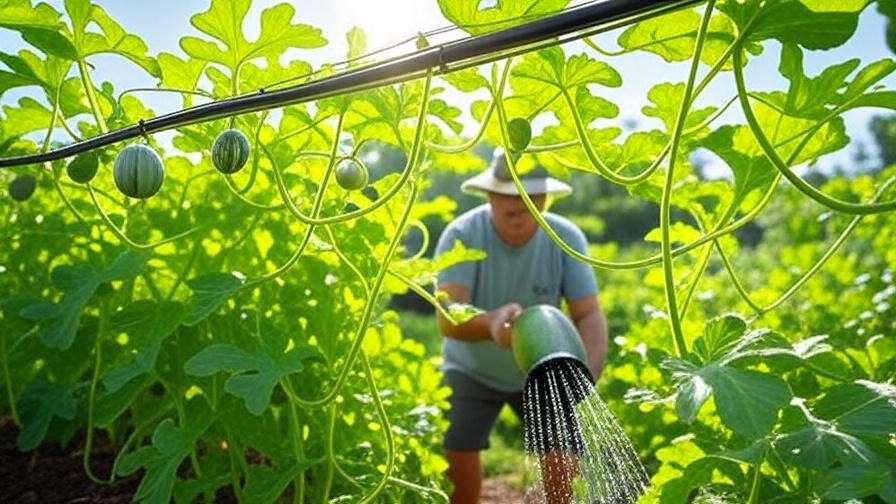
Fertilizing for Optimal Growth
Fertilize honey watermelons to support vigorous growth and sweet fruit. At planting, apply a balanced fertilizer (10-10-10 NPK) at a rate of 1 tablespoon per mound, mixed into the soil. During vine growth (2–3 weeks after planting), side-dress with a nitrogen-rich fertilizer (e.g., 20-10-10) to promote leafy growth. At fruit set, switch to a phosphorus- and potassium-heavy blend (e.g., 5-10-15) to enhance fruit development. Organic options like fish emulsion or compost tea work well for eco-conscious gardeners. Avoid over-fertilizing, as excessive nitrogen can lead to lush vines but small fruits.
Pruning and Training Vines
Pruning honey watermelon vines improves air circulation, reduces disease risk, and directs energy to fruit production. Remove secondary vines that don’t bear fruit, keeping 2–3 main vines per plant. Use clean, sharp shears to avoid spreading disease. For space-saving, train vines onto a sturdy trellis or A-frame, supporting developing fruits with slings made from old t-shirts or netting. Master gardener Tom Lee advises, “Pruning not only boosts yield but also makes pest monitoring easier, giving you healthier plants overall.”
Pollination Tips
Pollination is critical for fruit set. Honey watermelons rely on bees to transfer pollen from male to female flowers. Encourage pollinators by planting flowers like lavender or borage nearby. If bee activity is low, hand-pollinate by gently brushing a male flower’s stamen (yellow, pollen-covered) against a female flower’s stigma (identified by a small, bulbous base). Perform hand-pollination in the morning when flowers are open. Each plant typically produces 2–4 fruits, so prioritize pollinating early, healthy flowers.
Pest and Disease Management
Common Pests
Honey watermelon plants can attract pests like aphids, cucumber beetles, and spider mites, which threaten yields if not managed. Aphids, tiny sap-sucking insects, cluster on leaves, causing curling and stunted growth. Cucumber beetles, with their yellow-and-black stripes, chew foliage and spread bacterial wilt. Spider mites, nearly invisible, create fine webbing and yellow stippling on leaves. For organic control, apply neem oil or insecticidal soap weekly, targeting the undersides of leaves. Introduce beneficial insects like ladybugs to combat aphids naturally. Companion planting with marigolds or nasturtiums repels beetles and attracts pollinators. For severe infestations, consult your local extension service for chemical options, but use sparingly to protect pollinators and soil health.
Common Diseases
Honey watermelons are susceptible to diseases like powdery mildew, fusarium wilt, and anthracnose, especially in humid conditions. Powdery mildew appears as white, powdery spots on leaves, reducing photosynthesis. Treat early with a baking soda solution (1 tablespoon per gallon of water) or sulfur-based fungicides, ensuring thorough leaf coverage. Fusarium wilt, caused by soil-borne fungi, causes vines to wilt and die; prevent it through crop rotation and disease-resistant varieties. Anthracnose presents as dark, sunken lesions on leaves and fruit; remove affected parts and apply copper-based fungicides. Maintain garden hygiene by removing plant debris and rotating crops every 2–3 years. Early detection, paired with proper spacing and watering, significantly reduces disease risk.
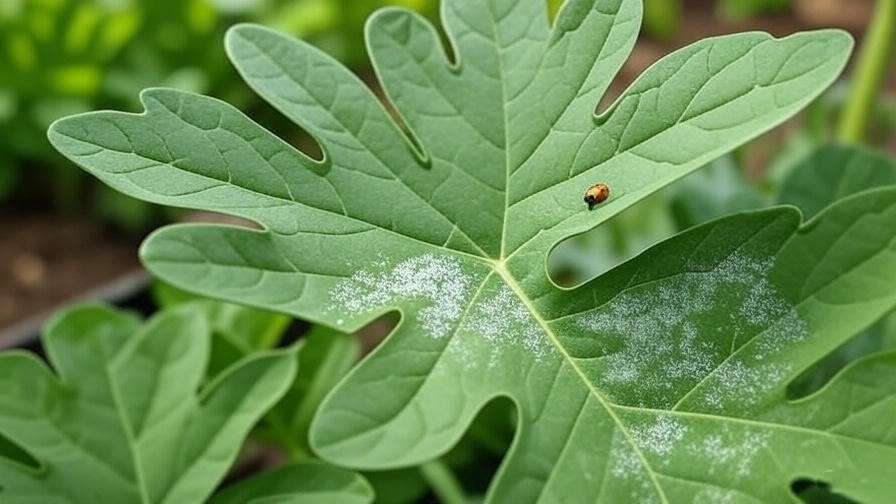
Tip Box: Natural Remedies for Keeping Your Honey Watermelon Plants Healthy
- Spray diluted milk (1:10 with water) to suppress powdery mildew.
- Use garlic or chili pepper sprays as natural pest repellents.
- Mulch with straw to prevent soil-borne diseases.
- Plant trap crops like radishes to divert pests.
- Monitor plants weekly for early signs of trouble.
Harvesting and Storing Honey Watermelons
When to Harvest
Knowing when to harvest honey watermelons ensures peak sweetness and texture. Most varieties ripen 70–90 days after planting, depending on climate and cultivar. Look for these signs of ripeness: the underside of the melon turns creamy yellow, the rind develops a dull, waxy sheen, and the tendril nearest the fruit dries and browns. Tap the melon; a ripe one produces a hollow, low-pitched sound. Use a sharp knife or pruning shears to cut the stem 1–2 inches above the fruit, avoiding damage to the vine. Harvest in the morning when temperatures are cooler to preserve freshness.
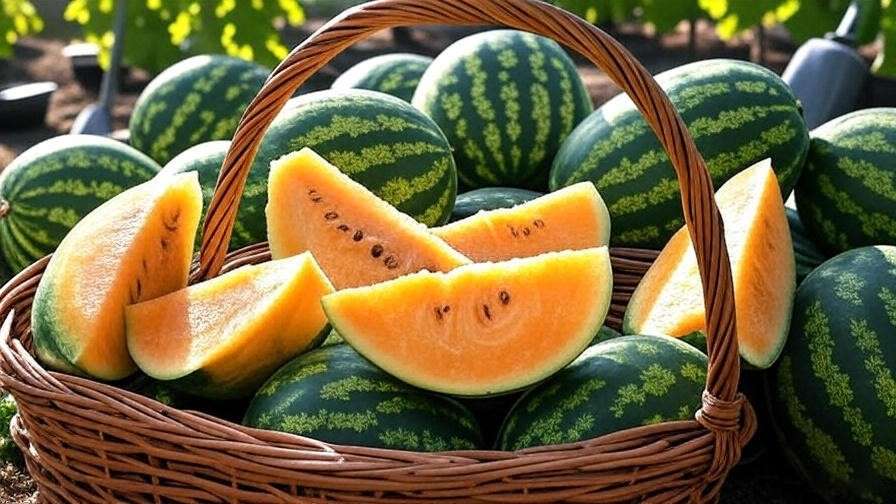
Storing Your Harvest
Proper storage extends the enjoyment of your honey watermelons. Store whole melons in a cool, dry place (50–60°F) for up to 2–3 weeks. Avoid stacking to prevent bruising. Once cut, wrap tightly in plastic wrap and refrigerate for up to 5 days. For longer preservation, freeze melon balls in airtight bags or blend into juice and freeze in ice cube trays. Try this refreshing idea: toss honey watermelon cubes with mint and feta for a vibrant summer salad. Proper handling ensures your homegrown melons stay delicious.
Example: Honey Watermelon Salad Recipe
- Ingredients: 4 cups honey watermelon cubes, 1/4 cup crumbled feta, 10 mint leaves, 1 tbsp lime juice.
- Instructions: Combine ingredients, toss gently, and serve chilled for a hydrating, flavorful dish.
Troubleshooting Common Issues
Despite your best efforts, honey watermelon plants may face challenges. Small fruit size often results from insufficient pollination or nutrient deficiencies. Ensure adequate bee activity or hand-pollinate, and test soil to confirm proper nitrogen, phosphorus, and potassium levels. Poor fruit set may stem from excessive shade or cool temperatures; relocate plants to sunnier spots or use row covers to trap heat. Wilting vines could indicate overwatering, underwatering, or fusarium wilt. Check soil moisture and adjust watering, and remove affected plants to prevent disease spread. For persistent issues, contact your local agricultural extension service for soil testing or diagnostic support. Addressing problems early keeps your plants on track for a bountiful harvest.
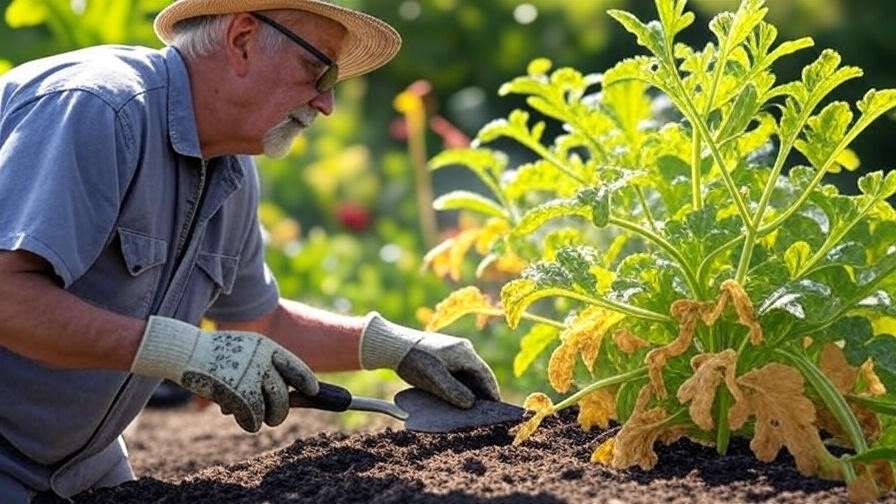
FAQs About Growing Honey Watermelons
Q1: How long does it take for honey watermelons to ripen?
A: Most honey watermelon varieties ripen in 70–90 days from planting, depending on the variety and climate. Check for a yellow underside and dry tendril to confirm ripeness.
Q2: Can honey watermelons grow in partial shade?
A: They need full sun (6–8 hours daily) for optimal growth. Partial shade may reduce fruit size and sweetness, so prioritize sunny locations.
Q3: What’s the best way to prevent pests organically?
A: Use neem oil, companion planting (e.g., marigolds), and beneficial insects like ladybugs. Regular monitoring and hand-picking pests also help.
Q4: How do I know if my watermelon is sweet enough?
A: A ripe honey watermelon has a high sugar content (12–14% Brix). Harvest when the rind is dull and the underside is yellow for peak sweetness.
Q5: Can I grow honey watermelons in containers year-round?
A: In warm climates (USDA Zones 9–11), year-round growth is possible with proper care. In colder regions, grow during frost-free months or use greenhouses.
Conclusion
Growing honey watermelons is a delightful way to bring sweet, homegrown flavor to your garden. By selecting the right location, preparing nutrient-rich soil, and providing consistent care, you’ll enjoy juicy, golden fruits in just a few months. From planting to pest management to harvesting, this guide equips you with expert-backed strategies to succeed, whether you’re gardening in a sprawling backyard or a compact urban space. Start your honey watermelon journey today and savor the fruits of your labor. Share your growing experiences in the comments below or explore our other plant care guides for more gardening inspiration!













